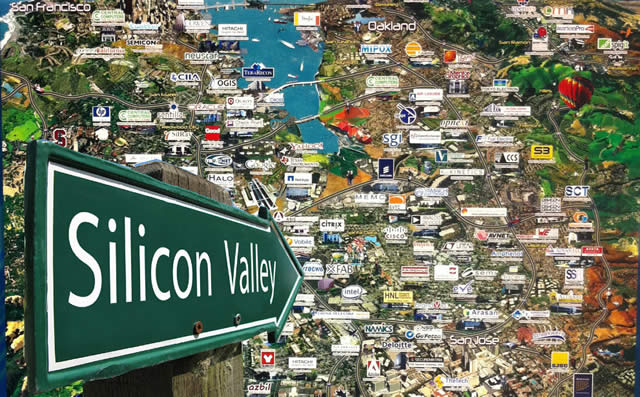Zimbabwe needs its own Silicon Valley to thrive in the digital age

Jacqueline Ntaka
IN the wake of a global digital revolution, nations across the world are rapidly transforming their economies through innovation and technology. As countries strive to keep pace with this unprecedented change, it is imperative for Zimbabwe to establish its own innovation and technology centre, akin to Silicon Valley, to ensure it remains competitive and relevant in the digital age.
Silicon Valley, located in the United States, stands as the epitome of technological advancement and entrepreneurial spirit. It is home to many of the world’s largest high-tech corporations and thousands of start-ups, thriving on a culture of innovation and a robust ecosystem that supports research and development.
This centre or centres, would be a hub for fostering a culture of innovation and entrepreneurship. Several countries have adopted similar strategies with remarkable results. South Korea has the Pangyo Techno Valley. Established near Seoul National University, Pangyo houses research institutions, tech giants like Samsung and venture capitalists. This synergy has propelled South Korea to become a global leader in technology.
India’s Bangalore is often called the “Silicon Valley of India’’. It is home to the Indian Institute of Science and numerous tech start-ups. The Government’s focus on fostering research and development has made Bangalore a powerhouse in the IT industry.
Germany’s city of Berlin has positioned itself as a leading European centre for technology and innovation, with a focus on fostering start-ups and attracting international talent.
These examples demonstrate the effectiveness of a concerted effort.
Zimbabwe is uniquely positioned to lead the digital revolution in Africa. The nation boasts a well-educated population, with institutions like the National University of Science and Technology (Nust) in Bulawayo and the Harare Institute of Technology (HIT) producing a steady stream of talented engineers and computer scientists.
These tertiary institutions, with their established research infrastructure and focus on STEM education, are ideal candidates to spearhead the innovation hub. Nust and HIT could serve as anchor institutions, providing research facilities, faculty expertise and student talent.
The two could attract leading tech companies, with the aid of the Government by offering them incentives like tax breaks and streamlined regulations to encourage major players to establish a presence.
Nust and HIT could develop a robust venture capital ecosystem by connecting innovative start-ups with investors to nurture ground-breaking ideas. They could also prioritise digital infrastructure by investing in reliable internet access and affordable technology for all Zimbabweans.
This innovation hub wouldn’t just be about technology; it would be about creating jobs, fostering economic growth and propelling Zimbabwe onto the global technological stage. By empowering its talented people and fostering a dynamic environment, Zimbabwe can seize the opportunities of the digital revolution and build a brighter future.
For all this to happen, the Government should establish an innovation and technology centre by: prioritising STEM education and training, building robust infrastructure and internet access, crafting regulations that promote entrepreneurship and foreign investment, fostering collaboration between Government, businesses and universities and offering financial support through grants and tax breaks to fuel the growth of tech start-ups.
λ Jacqueline Ntaka is the CEO of Mviyo Technologies, a local tech company that provides custom software development, mobile applications and data analytics solutions. She can be contacted on [email protected].











Comments